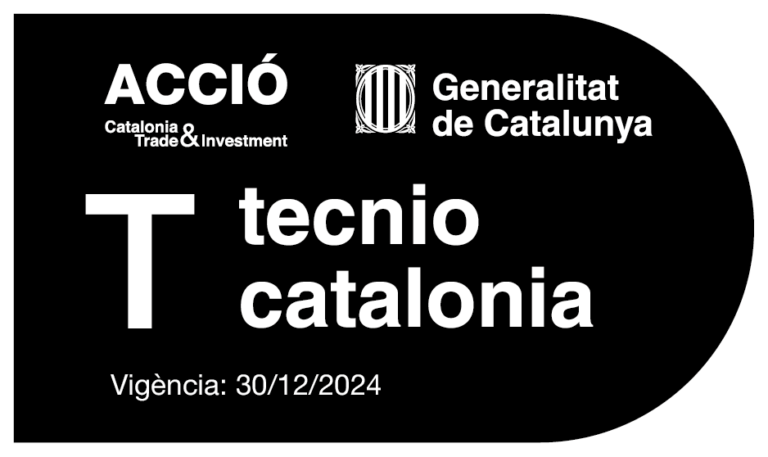Rodolpho Vaz, PhD student at CPT-Universitat de Barcelona, has actively participated in this investigation of corrosion issues in the petrolchemical sector. (https://doi.org/10.1016/j.surfcoat.2022.128398)
Abstract: During the regular operation of a petrochemical plant, the degradation and corrosion of some metallic parts frequently occur. These parts are exposed, from the oil extraction to refining processes, to an environment that includes strong acids or bases, under high pressures, and high temperatures, up to 760ºC. Waspaloy (UNS N07001) is a material currently applied to manufacture components exposed to hot corrosion. This study evaluates the high temperature corrosion behavior of CrN, AlCrN, and TiAlN coatings deposited by Arc Evaporation Physical Vapor Deposition (PVD) process onto Waspaloy base material. The AlCrN and TiAlN PVD coatings showed higher hardness, 28 GPa (TiAlN) and 33 GPa (AlCrN), and elastic modulus than the CrN coating. The AlCrN coating presented the lowest corrosion rate values, 1.35×10-5 mg2⋅cm-4⋅s-1, while TiAlN and CrN showed higher corrosion rate values, 1.66×10-5 and 2.09× 10-4 mg2⋅cm-4⋅s-1 under 700ºC hot corrosion condition. The use of X-ray diffractograms, and Raman spectroscopy, to evaluate the coating after hot corrosion tests based on chemical composition indicated that AlCrN and TiAlN coatings formed Al2O3 and TiO2 on the surface, which was responsible for their higher corrosion resistance.







